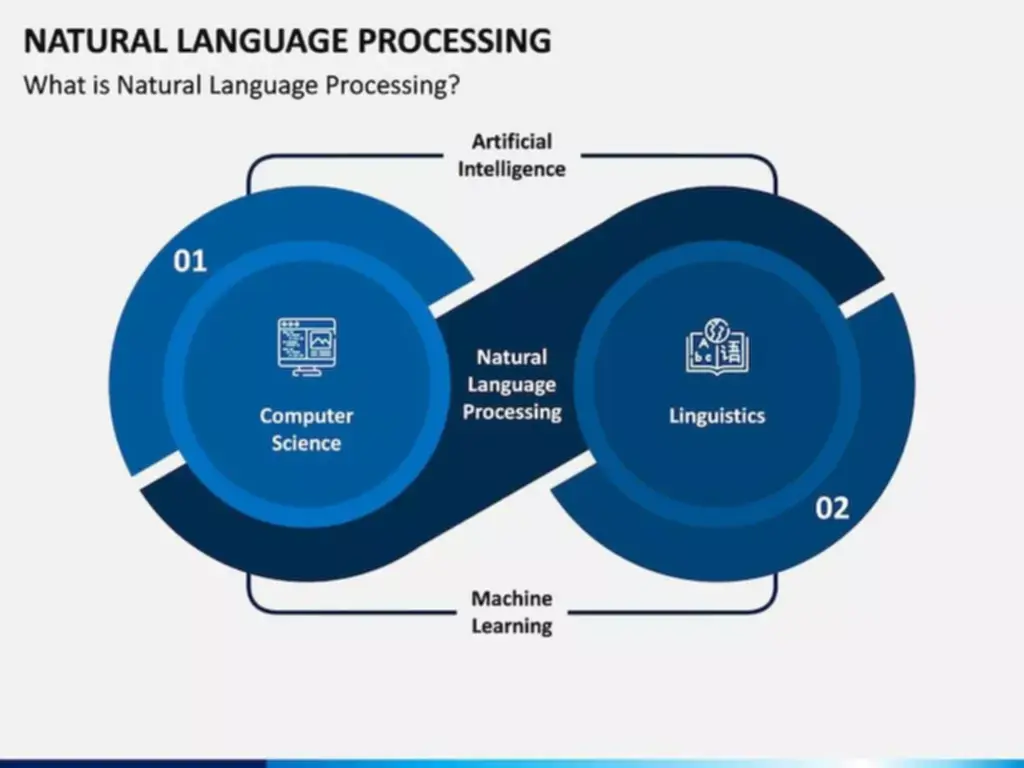It’s identified for its performance, simplicity, and assist for various data buildings corresponding to strings, hashes, lists, sets, and extra. Another significant advantage of Redis is its support for versatile information constructions. Redis helps a variety of knowledge constructions, together with strings, hashes, lists, sets, and sorted sets. This flexibility makes it easy to retailer and manipulate various kinds of data.
Redis has lately announced the addition of Vector Set, an information kind designed for vector similarity and a model new possibility for AI applications. This new knowledge kind marks the primary main contribution from Salvatore Sanfilippo (aka ‘antirez’), the creator of Redis, since rejoining the company. Redis (REmote DIctionary Server) is an open source, in-memory, NoSQL key/value store that’s used primarily as an application cache or quick-response database. Redis runs as a single threaded course of, even on a a number of core system supporting multi threading. This just isn’t a performance nightmare, however a safety measure in opposition to inconsistent read/writes in a multi threaded environment. Conventional databases hold a part of the database (usually the “scorching” or often-accessed indices) in reminiscence for sooner access, and the remainder of the database on disk.

Redis supports automated expiration of cached information, so developers don’t have to fret about stale data. Redis (Remote Dictionary Server) is an open-source, in-memory data store that can be utilized as a database, cache, and message dealer. Assume of it as a super-fast key-value retailer the place you presumably can retailer and retrieve information virtually immediately. Redis Cluster is a distributed implementation of Redis that automatically splits datasets among multiple nodes.
This strategy provides higher sturdiness than snapshotting, because it allows the Redis server to recreate the dataset by replaying the log file in the event of a crash. Redis helps clustering for horizontal scalability, allowing information to be distributed across multiple Redis nodes. With clustering, Redis can deal with giant datasets and excessive throughput by spreading the load throughout multiple servers.
- Unlock the worth of enterprise information with IBM Consulting, constructing an insight-driven group that delivers enterprise advantage.
- This will log each operation that modifies the info to an append-only file.
- The way forward for Redis appears shiny with new features and updates geared toward improving efficiency, scalability, and security.
- Redis’s sorted units can be used to implement gaming leaderboards, where gamers are ranked by their scores.
Information structures in Redis are collections of data which are organized and managed in a selected way to support environment friendly operations. For example, the string information sort in Redis is a sequence of bytes that can be used to retailer and manipulate textual content or binary knowledge. The hash information sort, then again, is a mapping of field-value pairs that can be utilized to store and manipulate complex knowledge constructions. Redis provides a wealthy set of instructions for working with key-value pairs, such as SET, GET, and DEL for strings, HSET, HGET, and HDEL for hashes, and LPUSH, LGET, and LREM for lists. These commands enable developers to store, retrieve, and manipulate data in Redis efficiently and easily. Redis can be used as a cache or a data retailer at the side of other databases corresponding to MySQL, PostgreSQL, and MongoDB.
Compared to other NoSQL databases, Redis has a quantity of distinctive characteristics that make it well-suited for certain purposes. One of the principle benefits of Redis is its in-memory storage, which permits it to offer fast entry to data and high performance. This makes Redis well-suited for functions that require quick entry to giant quantities of data, similar to real-time analytics, online gaming, and e-commerce. One of the primary drawbacks of Redis is that it shops information entirely in reminiscence, which implies that it may be sensitive to knowledge loss in the event of a crash or shutdown.
When To Make Use Of Redis Server?
Use Redis as your NoSQL database to build fast, dependable apps that make five-9s uptime look simple. Make your AI app smarter and quicker with streamlined doc search, suggestion methods, semantic caching, and Retrieval Augmented Generation (RAG). Explore insights, real-world best practices and options in software program improvement & leadership. Additionally, caching improves your website’s speed, so should you implement it accurately Product Operating Model it is a win-win for everybody. Technically it’s not a timer, however a kill timestamp beyond which the necessary thing will all the time return null until it’s set again. You can use these two commands to increment or decrement a key which is a number.
Redis can additionally be configured to routinely expire sessions after a certain amount of time, bettering security. Redis supports replication, which permits developers to create copies of their data across multiple Redis cases. Moreover, Redis can persist information to disk, ensuring that information is not lost within the occasion of a server failure.
Redis may be put in on various working systems such as Windows, Linux, and macOS. The best approach to set up Redis is through a bundle supervisor like apt-get, yum, or brew, relying on the working system you’re utilizing. Redis can be utilized for price limiting by storing request counts and imposing limits. This is helpful for preventing denial-of-service assaults or limiting API usage. DEV Community — A constructive and inclusive social community for software program developers. The above command will begin the server on port 6379 which is the default port for the Redis server.
Redis Cache Periods
Redis options native shopper integration capabilities to help developers manipulate and interact with their information. Overall, Lua scripting is a strong and flexible software that can be utilized inside Redis to write down and execute advanced operations on knowledge stored in the database. Total, Redis persistence is a valuable function that permits data to be saved to disk and restored in the occasion of a crash or shutdown, ensuring information durability and availability. Another form of persistence is append-only file (AOF) persistence, which entails saving each write operation to a log file on disk.
Sorted Sets are like sets but with a rating that determines the order of the weather. This will log every operation that modifies the information to an append-only file. When using Redis in manufacturing, it may be very important monitor Redis efficiency and troubleshoot issues as they come up. Redis supplies several monitoring instruments, such as Redis Sentinel and Redis Cluster, which let you monitor Redis situations and detect and resolve failures.
Redis uses persistent disk storage designed to outlive course of outages and community bottlenecks. Redis can persist datasets by taking regular snapshots of information and appending them with changes as they turn out to be obtainable. Redis can then be configured to generate these database backups on demand or at automatic intervals to make sure database sturdiness and integrity. Redis Sentinel is a stand-alone distributed system that helps developers calibrate their instances to be extremely out there for clients.
With MongoDB’s capability to store vital quantities of knowledge and Redis’ ability to process it sooner, the pairing offers a robust database administration resolution for quite a lot of use instances. In the context of Redis, Lua scripting permits builders to write down and execute scripts that manipulate knowledge saved in a Redis database. Redis provides a built-in scripting engine that helps Lua, which permits developers to write down scripts that could be executed inside the Redis server. In-memory databases are generally utilized in functions that require quick entry to giant quantities of knowledge, similar to real-time analytics, on-line gaming, e-commerce, and social media. They are additionally software solutions blog used in applications that require high efficiency and scalability, as in-memory databases can deal with high volumes of information and transactions with out sacrificing performance. Redis persistence is a function of the Redis database that allows data to be saved to disk and restored in the event of a crash or shutdown.
It also helps ensure high availability (together with Redis Sentinel) and scalability of services and software workloads. Session retailer is a mechanism for storing person session data in a web utility. In a Redis session retailer, session knowledge is saved in a Redis database, which is a quick, in-memory information construction retailer that can be used as a cache, database, and message broker.

Setex
By storing incessantly accessed knowledge in Redis, you probably can cut back the load in your primary database and enhance application performance. There are several tools available that make it simple to combine Redis with different databases. With its high performance and help for data buildings like sorted sets, Redis is well-suited for real-time analytics. Developers can use Redis to store metrics like pageviews or user actions, and question them in real-time. Since Redis shops data in memory, it could perform operations rapidly, making it a wonderful choice for purposes that require low latency. Redis is a fantastic software for builders trying to enhance software velocity, handle real-time data, and optimize database queries.
